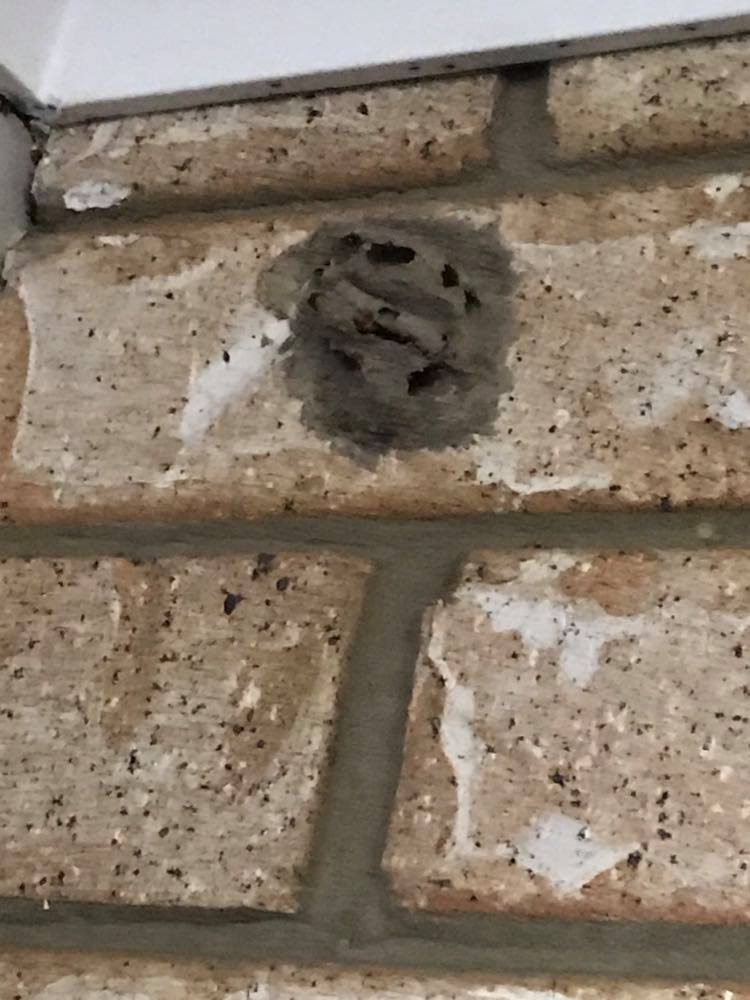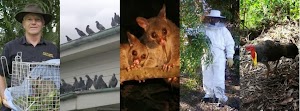The most common types of native wasps build their nests from paper using shapes like a piece of string or an upside-down wine glass. However there are also species of native wasps that build a small “nest” from mud, usually attached to a wall or vertical surface where it is not exposed to rain.
These mud structures are often more noticeable than the paper ones, as the compartment for each egg is much larger.

Each species uses a slightly different design and shape but while some build only single compartments, most species build a number of compartments together, each with a volume similar to the size of two peas. Within each, usually one egg is laid.
The Wasp
The wasp also places a paralysed caterpillar or spider under each egg for the young wasp to eat when it hatches. The adult wasp does not guard the nest or stay near it, although it may return to build another mud compartment beside the completed one.
It is possible to remove the mud nest with its contents and scrape the area reasonably clean although the adult wasp may return later and rebuild.
The Mud
The mud is attached to the surface with hardened saliva which can be difficult to remove and on rough surfaces there is usually a visible “stain” left. However over time, the last traces of a removed mud nest will fade and disappear.
The mud wasps usually select a location where the structure is protected from rain but a completed “nest” is hard and resistant to rainfall. If a homeowner has a problem with wasps persistently rebuilding mud nests on a particular wall, the best tactic is to use a garden hose to soak the new structures every few days to wet them before they are complete.
The adult wasp can then see the nest is unsuitable for its egg and will find a new drier location.
Mud wasps are large and can sting but aren’t normally aggressive. There is not much point spraying the individual wasps and removing the mud nest. While the adults are away is the best solution to get them to nest elsewhere.







